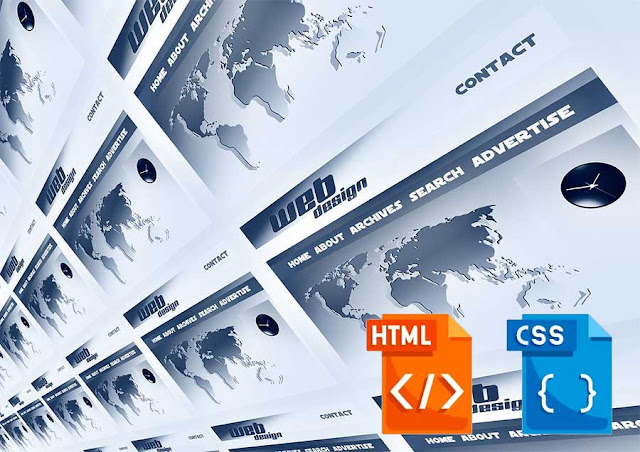If you are reading this post on our blog, you are already using the Internet just as billions of people and companies around the world do every day. Many users are completely dependent on the Internet. The first thing you did was turn on your computer, tablet, or mobile phone, launch a browser, type in a valid URL, and our blog appeared on your browser. Or you clicked on one of the numerous links that brought you to this blog post. This means you already know the basics of how to use the Internet. We assume you are even familiar with some technical terms.
However, just using the Internet and what others publish is not always enough. There comes a time when you too will want to learn what the Internet is, how it works, and how you can become a person who codes, designs web pages, and publishes your creativity on the Internet. In that case, perhaps you should first ask yourself what the Internet really is and how it works?
The Internet is a global system of interconnected computer networks. As early as 1940, instructions were transmitted between computing machines, i.e., tele-typewriters; in 1964, researchers first invented the mainframe computer accessed via terminals that utilized the resources of the main computer. However, the birth of the Internet is considered to be in 1969 when the U.S. Department of Defense approved the ARPANET project Advanced Research Project Agency Network for the research and development of a communication and command network that would survive a nuclear attack.
This project was the precursor to today’s Internet because, unlike the Internet you are using right now, ARPANET was definitely limited. The first Internet network was created for the new year, on January 1, 1983, when the technology of the time transitioned from the NCP protocol - Network Control Protocol to the TCP/IP protocol – Transmission Control Protocol/Internet Protocol, which is still used today. The Internet had its first public introduction in the 1990s with the creation of the HTML protocol in Switzerland. Here are the basic components that make up the Internet:
- Devices: This includes everything from smartphones to servers, which are categorized as clients or endpoints.
- Servers: These devices store and process information and host the websites we visit.
- Telecommunications networks: These include technologies such as mobile phone towers, satellites, optical fibers or cables, and routers that connect all devices.
- Protocols: TCP/IP protocols allow devices to communicate with each other and exchange information.
- Internet Service Providers (ISP): They connect devices to the Internet and assign them unique IP addresses.
What you first need to know about the Internet is that it is a hypertextual information system, cross-platform, distributed, dynamic, and most importantly, interactive. No one owns or controls the Internet, but there are institutions like the W3C and large global corporations like Google that have a significant influence on its ever-growing growth and development.
First steps on the Internet: How to start using the Internet?
When you connect to the Internet, let’s say when you are
online; you use a browser like Google Chrome, Mozilla Firefox, Microsoft Edge,
or another. Your browser works by connecting to web servers upon your request,
when you type in a web address; it downloads content, properly formats
everything it has downloaded, and serves and displays it to you as a web page.
Your browser can
display files, download files even when it doesn’t display them, or simply enable you to send and receive emails.
The most popular browsers are definitely Google Chrome, Mozilla Firefox and Microsoft Edge. That's why you should always test your serious web projects from them. And only then test on other, less common ones. Some of them you get already installed in your operating system, while others you can install yourself. Watch videos of how some of them are installed:
Even though today you can create web pages with various services like WordPress without knowing and writing HTML, learning and writing HTML must be known, just as you learn the alphabet to be able to read and write. Along with learning HTML, you definitely learn to create CSS styles, and without knowing these things, it is pointless to later learn, for example, the programming language JavaScript.
That would be a terrible oversight, to which you would constantly have to return. The good news is that all these things are easily learned because of their simplicity. Therefore, from the next lesson of this tutorial, we start with practical learning of HTML5 and CSS3. Be sure to catch it!




No comments:
Post a Comment